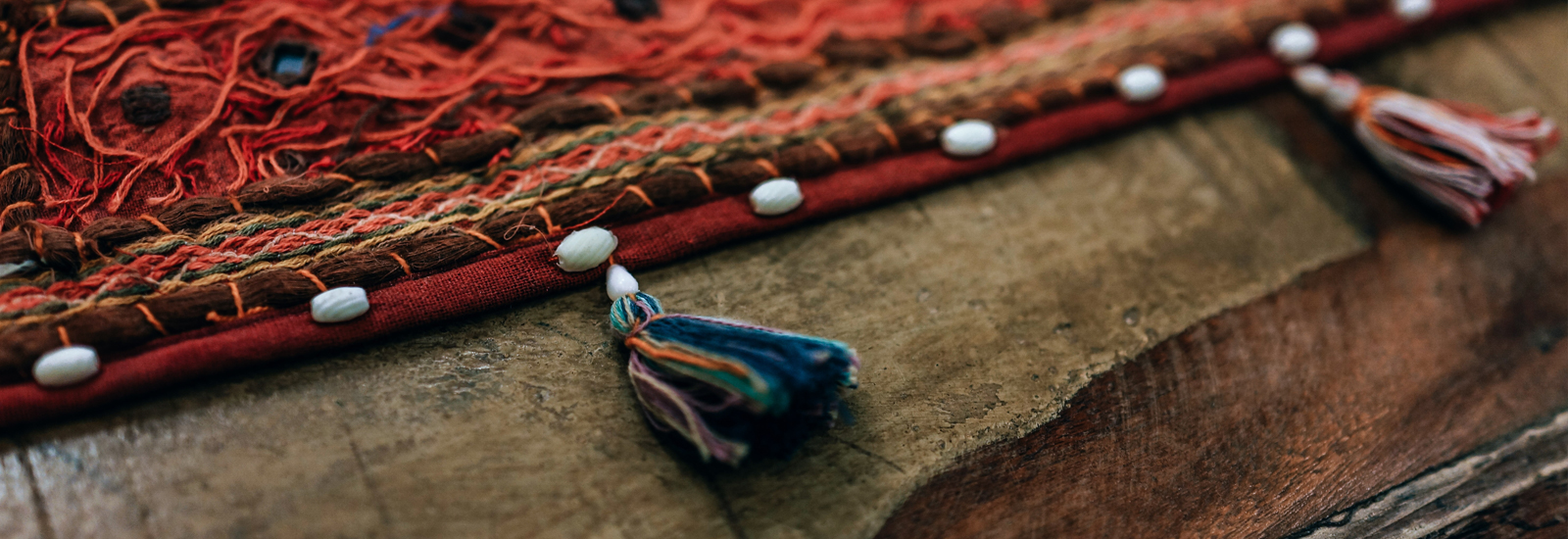Your Cart Is Empty

Carpets and Kilims
Carpets and Kilims
Carpet and kilim culture emerged in the Asian culture, which lived a nomadic life, and today it has spread all over the world. Turks, who make up the majority of societies in Asia throughout history, have used rugs and carpets to protect themselves from moisture and insects while living a nomadic life.
What is the Importance of Carpets and Rugs?
Carpets and rugs have become an item that adorns tents and houses, apart from the purpose of protection from adverse conditions and conditions, shortly after their emergence. Despite the transition from nomadic life to settled life, the importance of carpets and kilims has not changed.
Carpet and kilim weaving has been identified with the culture of the Turks from past to present. Instead of using simple carpets and rugs, the Turks made animal shapes and motifs on them. It has become a branch of art due to the importance and effort shown by the Turks in these matters. Several important situations of carpets and kilims in Turkish Culture can be listed like below:
1. Carpets and kilims should not be viewed as objects in Turkish culture but from an artistic and historical perspective. Thanks to this view, it can be understood that carpets and rugs in Turkish culture have a great place and importance as art.
2. It is found in many sources that Turkish women weave carpets and rugs as if they were raising a child. They showed the feelings and thoughts of Turkish women with colors and motifs. The words that Turkish women could not say were expressed with motifs and shapes.
3. Turkish women have reflected their hand skills, aesthetic understanding, artistic angles by using carpets and kilims. By looking at a carpet, the conditions and time of that period can be understood by looking at the embroidery, motifs, and colors on the carpet.
4. Carpets and rugs are of great commercial importance apart from their artistic significance. Carpets and rugs are indispensable items in nomadic and settled life.
History of Carpet Patterns (History of Carpet Patterns)
The reason why animal motifs were used a lot in the early times when carpets were processed was that the Turks were engaged in animal husbandry in the nomadic steppe life. The processing of animals such as horses, sheep, goats, and rams on carpets is since people take nature as an example in art. However, the changes in our work and lifestyle over time have caused the motifs we embroidered on carpets to change.
- For example, with the arrival of the Turks in Anatolia in the 11th century and their sedentary life, the carpets woven gained color and motif richness; Color harmonies, geometric patterns, and plant motifs obtained with the tones of the same color settled in the carpet fashion.
- As the settled life in Anatolia adopted, carpet motifs began to diversify and increase in importance. Marco Polo, one of the 13th-century travelers, writes that carpets with very fine workmanship were woven in Anatolia.
The hand on the waist motif is a motif that we are all familiar with, but that we do not see now because we do not know its name, and that approves of femininity. It also symbolizes fortune, abundance, good luck, and happiness.